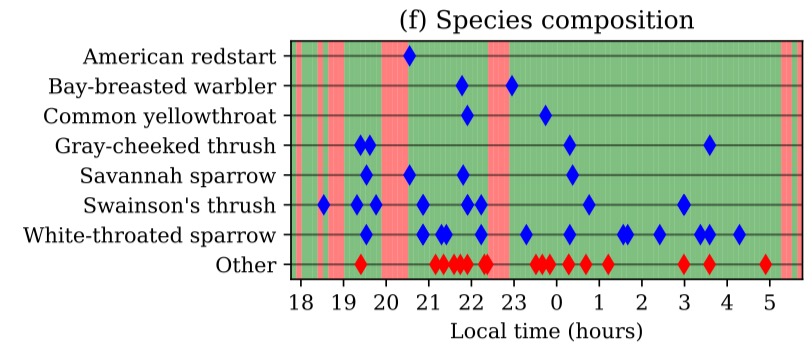
BirdVoxDetect: Large-Scale Detection and Classification of Flight Calls for Bird Migration Monitoring
Articles dans une revue
Auteurs : Vincent Lostanlen, Aurora Cramer, Justin Salamon, Andrew Farnsworth, Benjamin M. Van Doren, Steve Kelling, Juan Pablo Bello.
Publié dans : IEEE/ACM Transactions on Audio, Speech and Language Processing
Date de publication : 2024
Acoustic signal detectionAudio databasesDeep learningEcosystemsPhylogeny